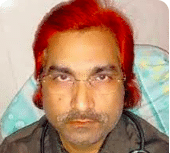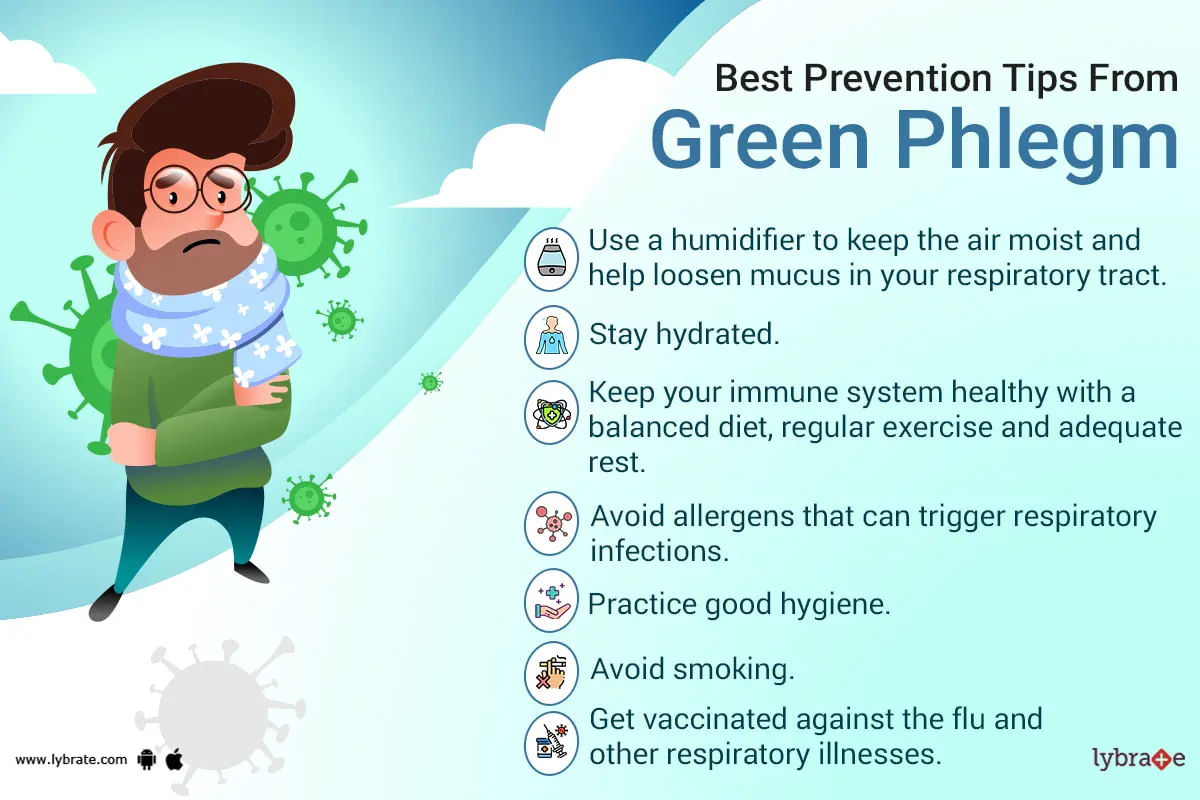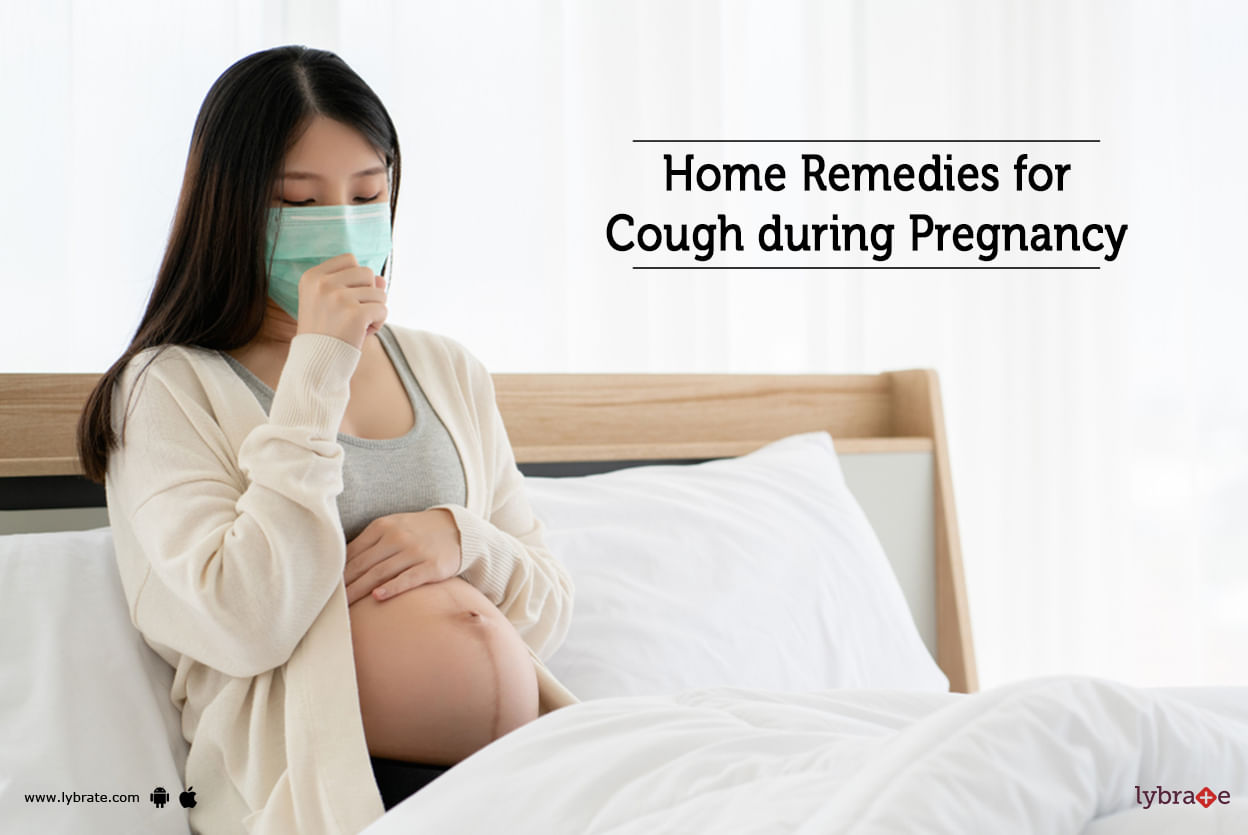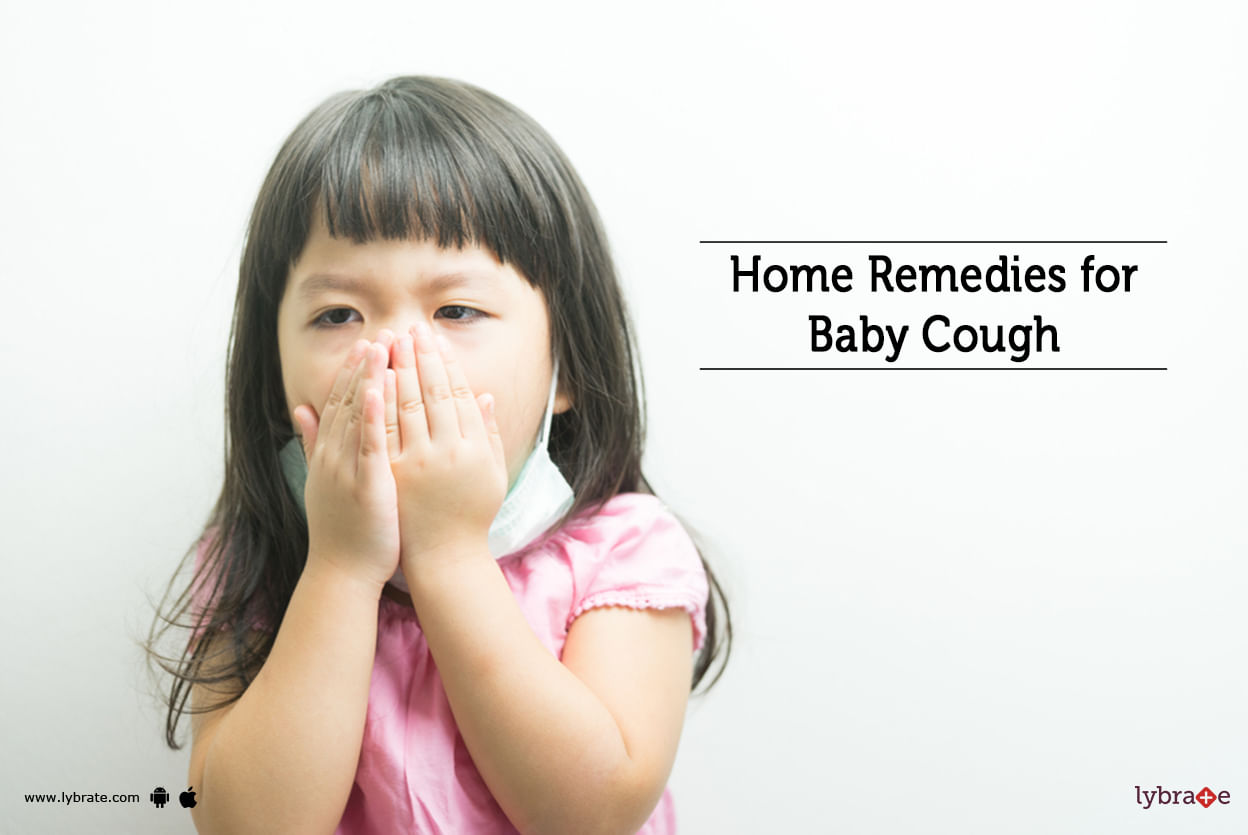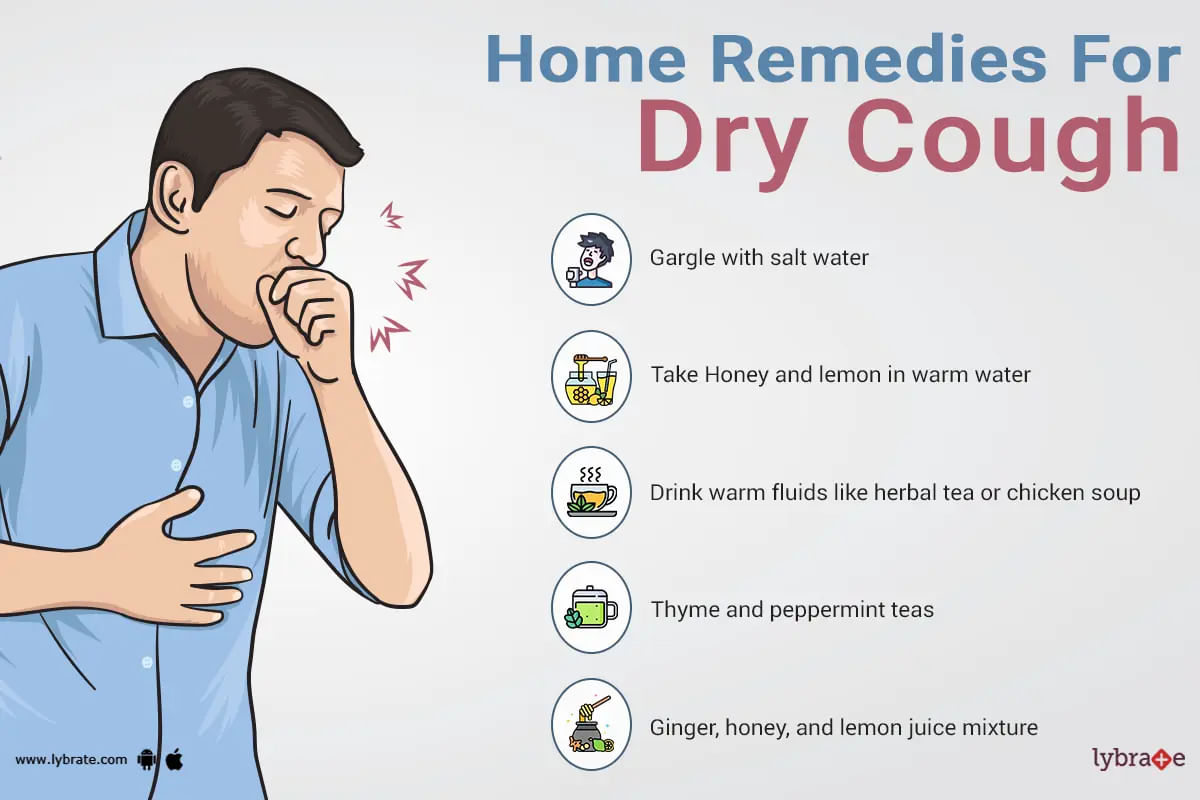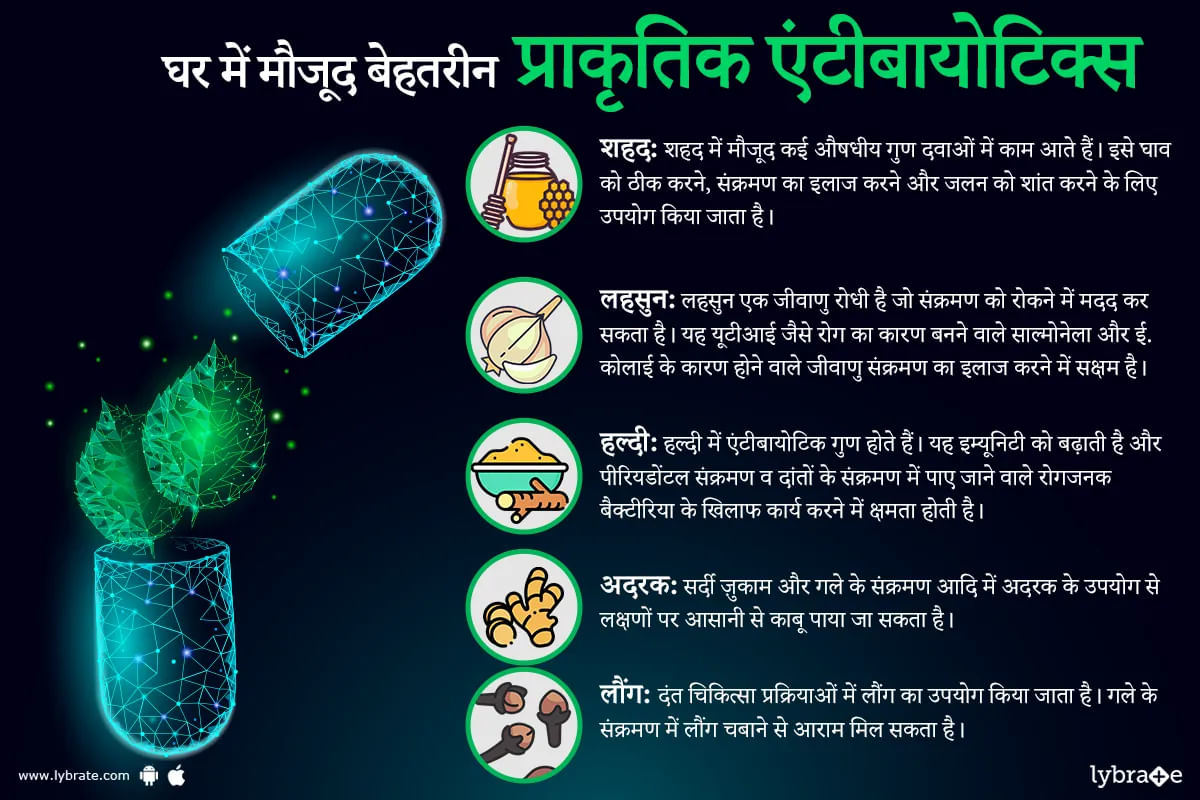Get the App
For Doctors
Login/Sign-up
About
Health Feed
Find Doctors
Health Packages
AllQ&AsTipsQuizzes
Coughing Tips
Last Updated: 2 years ago• Featured Tip
Share
Bookmark
Report
1. Dr. Abhijay luthra
Https://www. Lybrate. Com/dehradun/doctor/dr-abhijay-luthra-general-physician
Mbbs bachelor of medicine and bachelor of surgery
2 years experience 500 at clinic 100 online
;
Dr. Abhijay luthra is a general physician based in dehradun, with an mbbs degree from the maharashtra medical council. He is now regarded as one of the best doctors in the area thanks to his proficiency in treating a variety of ailments and...more
129 people found this helpful
Last Updated: 2 years ago• Featured Tip
Share
Bookmark
Report
Phlegm can be simply defined as a type of mucus that is secreted in your chest area. You usually don't generate large amounts of phlegm unless you are under the weather with a cold or have another medical or health problem. Furthermore, you should also know that the phlegm you cough up is usually referred to as" sputum"
Do you ever notice that your sputum has different colors and wonder what they mean? there are many different conditions that can cause you to produce...more
Last Updated: 3 years ago• Featured Tip
Share
Bookmark
Report
Pregnancy can affect your immune system, and as a result, it puts you at high risk of contracting a cold or cough. A pregnant lady needs to be extra careful to take the right precautions to both prevent getting a cold or cough or to treat it if she contracts it. ;
You can't just take medicines without worrying about its effects on you and your baby. Hence, many people prefer herbs based natural home remedies to treat cough and cold during pregnancy.
Last Updated: 3 years ago• Featured Tip
Share
Bookmark
Report
Ayurvedic Doctor•Pune
Children are prone to infections like colds and coughs. Exposure to such viruses strengthens a kid s immune systems and their ability to combat them. If the coughing isn t severe or accompanied by additional, serious symptoms, you can assist your kid in managing their symptoms. ;
You can do so by making them feel comfortable and well rested as they do not require any type of medication or treatment if the symptoms are not affecting them. Many kids who have...more
Last Updated: 3 years ago• Featured Tip
Share
Bookmark
Report
1. Dr. Hanish gupta
Https://www. Lybrate. Com/delhi/doctor/dr-hanish-gupta-endocrinologist ;
Mbbs, dnb (general medicine)
19 years experience 500 - 700 at clinic
Dr. Hanish gupta can treat common symptoms such as a sore throat, cough, and cold. He has 19 years of expertise and is well-qualified to treat these diseases. He can cure nasal discharge in addition to these frequent disorders.
Cold and flu season has returned, and wi...more
211 people found this helpful
Last Updated: 3 years ago• Featured Tip
Share
Bookmark
Report
Cough is said to be an indicative sign that some kind of irritation has occurred in your upper respiratory system such as any kind of inflammation, phlegm or mucus. It acts as a defense mechanism naturally for the protection of your nasal passages, lungs or throat. This problem of cough is typically divided into two different types which are given below: ;
Wet cough (productive), this happens when you are completely filled with mucus.
Dry...more
Last Updated: 3 years ago• Featured Tip
Share
Bookmark
Report
Ayurvedic Doctor•Varanasi
क्या है सुहागा
सुहागा या बोरेक्स आयुर्वेद में एक औषधि है। बोरेक्स का पुराना नाम टिंकल है जो संस्कृत शब्द टनाका से आया है। इसका उपयोग तिब्बत और फारस की झीलों में जमा होने वाले कच्चे बोरेक्स को संदर्भित करने के लिए किया जाता है। माना जाता है कि वर्तमान नाम बोरेक्स की उत्पत्ति अंग्रेजी शब्द बोरास से हुई है।
सुहागा आयुर्वेद में एक औषधि है। सुहागा को बोरेक्स के नाम से भी जाना जाता है और यह खनिज पोटेशियम बोरेट से आता है। बच्चों के साथ-साथ बड़ों के लिए भी इसके कई फायदे हैं। चूंकि यह हर तरह...more
सुहागा या बोरेक्स आयुर्वेद में एक औषधि है। बोरेक्स का पुराना नाम टिंकल है जो संस्कृत शब्द टनाका से आया है। इसका उपयोग तिब्बत और फारस की झीलों में जमा होने वाले कच्चे बोरेक्स को संदर्भित करने के लिए किया जाता है। माना जाता है कि वर्तमान नाम बोरेक्स की उत्पत्ति अंग्रेजी शब्द बोरास से हुई है।
सुहागा आयुर्वेद में एक औषधि है। सुहागा को बोरेक्स के नाम से भी जाना जाता है और यह खनिज पोटेशियम बोरेट से आता है। बच्चों के साथ-साथ बड़ों के लिए भी इसके कई फायदे हैं। चूंकि यह हर तरह...more
Last Updated: 3 years ago• Featured Tip
Share
Bookmark
Report
बदलता मौसम हमारे लिए कई बीमारियां लेकर आता है। इनमें सबसे आमतौर पर होने वाली बीमारी है सर्दी ज़ुकाम। हर बार सर्दी से गर्मी आने पर और गर्मी के बाद सर्दियां आने पर बड़ी संख्या में लोग खांसी ज़ुकाम की चपेट में आ जाते हैं। इसके कारण खांसी, बुखार,गले में खराश एक आम समस्या है।तो आइए जानते हैं कि क्यों होता है सर्दी ज़ुकाम और कैसे आप इससे निजात पा सकते हैं।
ज़ुकाम के लक्षण
बदलते मौसम में कुछ ठंडा का लिया या ठंडा पानी पी लिया तो आपको गले में दर्द और खराश महसूस होने ...more
Last Updated: 3 years ago• Featured Tip
Share
Bookmark
Report
1. Dr. Deepthi Rao Gorukanti
MBBS, MD - General Medicine
11 years experience 200 at clinic 200 online
Dr. Deepthi Rao is a qualified medical professional who has been practicing medicine for eleven years. She has the such experience that she has been successfully treating her patients with positive outcomes. She currently holds a position at the Deepthi Facility, which is a general health clinic located in Vanasthalipuram, Hyderabad.
Dr. Deepthi earned both her MBBS a...more
MBBS, MD - General Medicine
11 years experience 200 at clinic 200 online
Dr. Deepthi Rao is a qualified medical professional who has been practicing medicine for eleven years. She has the such experience that she has been successfully treating her patients with positive outcomes. She currently holds a position at the Deepthi Facility, which is a general health clinic located in Vanasthalipuram, Hyderabad.
Dr. Deepthi earned both her MBBS a...more
Last Updated: 3 years ago• Featured Tip
Share
Bookmark
Report
Flu is a very common viral infection which directly attacks the respiratory system and affects the lung, nose and throat of the infected person. Small children, old adults, pregnant women and others who have weak immunity are at high risk of getting infected by it. Flu is also known as influenza.
;
When a person gets infected by a flu, his body starts building up a defense mechanism called antibody for fighting against the virus. Flu can be very dangerous if not treated in th...more
;
When a person gets infected by a flu, his body starts building up a defense mechanism called antibody for fighting against the virus. Flu can be very dangerous if not treated in th...more
137 people found this helpful
Book appointment with top doctors for Coughing treatment
View fees, clinic timings and reviews
Ask a free question
Get FREE multiple opinions from Doctors
posted anonymously


